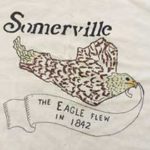 Eagle Feathers #258–The Magnificent Seven
Eagle Feathers #258–The Magnificent Seven
By Bob (Monty) Doherty
As 2022 is unfolding, it appears to be a banner year for Somerville. She is welcoming seven new Green Line Extension train stations to her historic backyards. The Cambridge/Lechmere Station and Somerville’s Union Square Station opened on March 21. The East Somerville, Gilman, Magoun, Ball, and Medford/Tufts stations are scheduled to open by the end of this summer.
They all have historical significance:
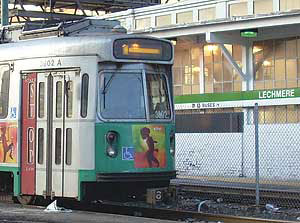
- Lechmere Station – On April 18, 1775, after crossing the Charles River, British soldiers disembarked and marched through Union Square and on to Lexington. This was the site of our country’s first monorail trials, The Meigs Elevated Railway.
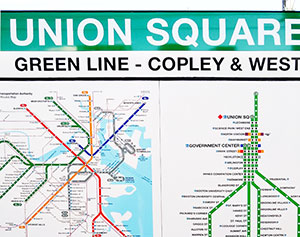 *
*
- Union Station – The site of the American Revolutionary Fort #3 and the base of Prospect Hill. On its summit, the citadel was the most formidable fort in the American lines during the siege of Boston. Also, General George Washington raised the first American Flag here.
*
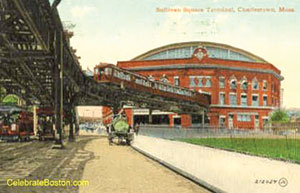 *
*
- East Somerville Station – This former Boston and Lowell Station was one of the first in the nation. In the winter of 1842, the year of Somerville’s birth, Charles Dickens, the legendary author of “A Christmas Carol,” stopped at this site. It was his first train stop on his American tour and his interest was to visit McLean Hospital, the forerunner of today’s Massachusetts General Hospital.
*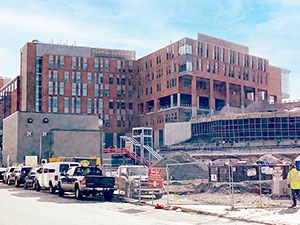 *
*
- Gilman Square Station – This is the site of Central Hill, the city- owned territory between Highland Avenue, School, Medford, and Walnut Streets. Situated here are Somerville City Hall, the Central Hill Park, the Public Library, and the new Somerville High School’s buildings. While an employee, Charles E. Gilman sold the first ticket on the Boston and Lowell Railroad. Later, he was Somerville’s town and city clerk for over forty years.
*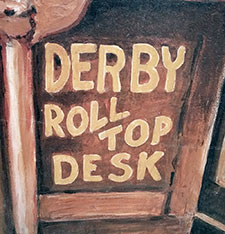 *
*
- Magoun Square Station – Created in 1880, this former Boston and Lowell station was named Somerville Junction. It spurred off the main track, ran along today’s bike path, went west through Davis square and on to Arlington and Lexington. Located in the center of the city, it serviced Magoun Square and Winter Hill residents. William “Willie” Nickerson, the co-founder of the Gillette Safety Razor Company lived nearby. Also, the nationally known Derby Desk Company and many others benefitted from it.
*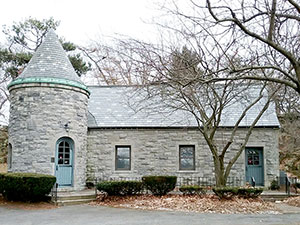 *
*
- Ball Square Station – This area near the historic Old Powder House is named after John N. Ball. He was born in Antrim, New Hampshire in 1835, coincidently the same year the Boston and Lowell Railroad originated. As a young man, he kept a hotel for eight years in Nashua. He then travelled spending many years in New Orleans, two years of in the United States Custom Service and four years as Deputy Collector of Revenue. He then came to Somerville where he opened a successful pasted-shoe stock business, with a factory in North Somerville on Broadway. He was a member of the Somerville Common Council, Board of Aldermen, and a State Representative.
*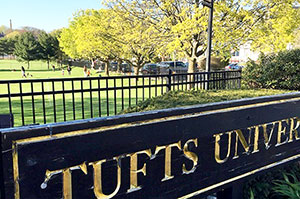 *
*
- Medford/Tufts Station – Tufts University is recognized as one of the leading schools of learning in the United States. It owes its name to a Somerville citizen, Charles Tufts, who donated 100 acres of his Walnut Hill land. His vision was to put a light on its crown, which was achieved in the form of the college. This was the same year, 1852, that Somerville High School first opened its doors. Both schools of education celebrate their 170th anniversary this year.
This year the 125-year-old Green Line (the oldest in the country) extends its pathway through Somerville. It will allow 80,000 people a ten-minute access to her new “magnificent seven” stations.
*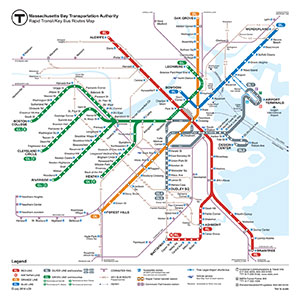
 Eagle Feathers #258–The Magnificent Seven
Eagle Feathers #258–The Magnificent Seven
 *
* *
* *
* *
* *
* *
*
Reader Comments